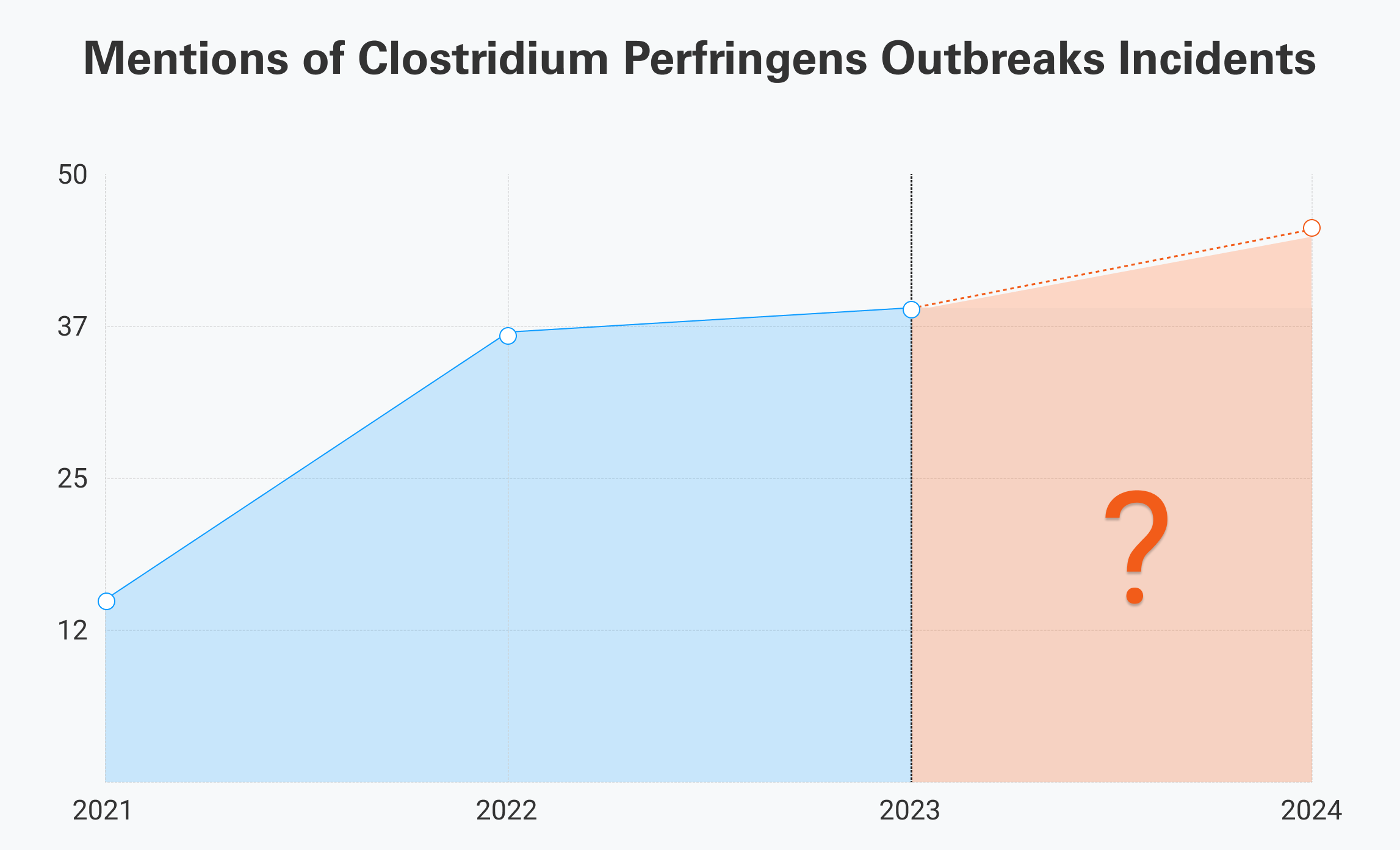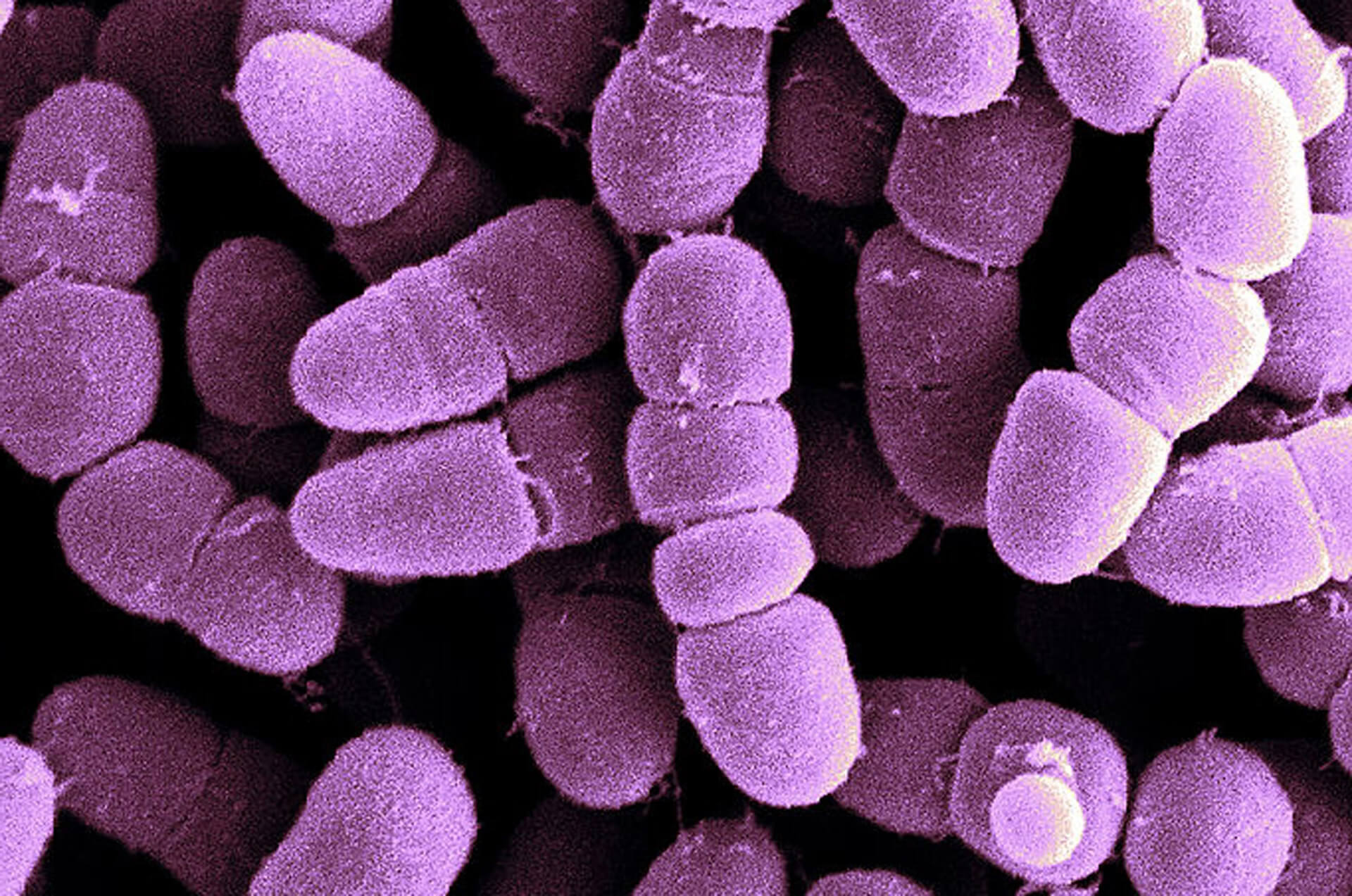Food safety is of paramount importance in the food industry. One of the significant concerns in this regard is the occurrence of Clostridium perfringens outbreaks. These outbreaks can have serious implications for public health and the reputation of food establishments. In this article, we will delve into the details of Clostridium perfringens, its characteristics, and most importantly, how to prevent and control outbreaks.
What is Clostridium Perfringens?
Clostridium perfringens is a gram-positive, spore-forming bacterium commonly found in the environment and the gastrointestinal tracts of humans and animals. It is known to be one of the most prevalent causes of foodborne illness worldwide. The bacterium produces spores that can survive harsh conditions, making it a formidable adversary in the realm of food safety.
Conditions Favoring Clostridium Perfringens Growth
Clostridium perfringens thrives in environments with low oxygen levels, making it a common inhabitant of the intestines of humans and animals. When food is improperly handled or stored, this bacterium can multiply rapidly, especially in foods that provide a suitable environment for its growth, such as cooked meat, poultry, and starchy dishes like rice or pasta.
Symptoms of Clostridium Perfringens Infection
The symptoms of Clostridium perfringens infection usually manifest within 6 to 24 hours after consuming contaminated food. They commonly include abdominal cramps, diarrhea, and nausea. While the illness is usually self-limiting and resolves within a day or two, in severe cases, it may lead to complications, especially in vulnerable populations.
Prevention Measures
-
Proper Cooking and Reheating: Adequate cooking temperatures are crucial in eliminating Clostridium perfringens. All meat and poultry should be cooked to a safe internal temperature, and leftovers should be reheated to at least 165°F (74°C) before consumption.
-
Time-Temperature Control: Food establishments must adhere to strict time-temperature controls. Hot food should be kept above 140°F (60°C), and cold food should be stored below 40°F (4.4°C) to prevent bacterial growth.
-
Hygiene and Sanitation Practices: Strict adherence to good hygiene practices is essential. This includes regular handwashing, proper handling of food, and maintaining a clean and sanitized environment.
-
Avoiding Cross-Contamination: Preventing cross-contamination is critical in food safety. Separate cutting boards, utensils, and storage areas for raw and cooked foods can help reduce the risk of contamination.
Control Measures
-
Traceability and Recall Plans: Establishing robust traceability systems and recall plans is crucial in the event of an outbreak. Quick identification and removal of contaminated products from the market can help prevent further cases.
-
Environmental Monitoring: Regular testing and monitoring of the environment for Clostridium perfringens can help identify potential sources of contamination and implement corrective actions.
-
Employee Training and Education: Properly trained staff are the first line of defense against foodborne illnesses. Training programs should cover proper food handling, sanitation practices, and the recognition of potential hazards.
-
Collaboration with Regulatory Agencies: Maintaining open communication and cooperation with regulatory agencies is essential. Reporting any suspected cases promptly can aid in investigating and resolving outbreaks efficiently.
SGS Digicomply Food Safety Snapshot: Clostridium Perfringens Outbreak Trends
The data from SGS Digicomply's Food Safety Snapshot reveals a concerning upward trend in reported Clostridium perfringens outbreaks. In 2021, there were 15 incidents, which nearly doubled to 37 in 2022. The trend continued into 2023, with 39 incidents recorded. This escalation emphasizes the critical need for heightened vigilance and enhanced preventive measures within the food industry. As we approach 2024, a proactive and adaptive approach to food safety will be essential to curbing this concerning trend. Strengthening collaboration with regulatory bodies, embracing technology, and maintaining awareness of emerging trends are key strategies moving forward. It is estimated that the number of incidents involving Clostridium Perfringens may remain at 40-45 cases. However, this is a preliminary estimate and actual figures may vary depending on measures taken and influencing factors. Let's continue to monitor the situation with SGS Digicomply. Explore SGS Digicomply platform now.

Conclusion
Clostridium perfringens outbreaks pose a significant threat to public health and the food industry. By implementing stringent prevention and control measures, food establishments can minimize the risk of contamination and protect their customers. A proactive approach, combined with regular training and monitoring, is key to ensuring food safety and preventing future outbreaks. Remember, vigilance and adherence to best practices are the cornerstones of a robust food safety program.





.webp?width=1644&height=1254&name=Food%20Safety%20Dashboard%201%20(1).webp)
